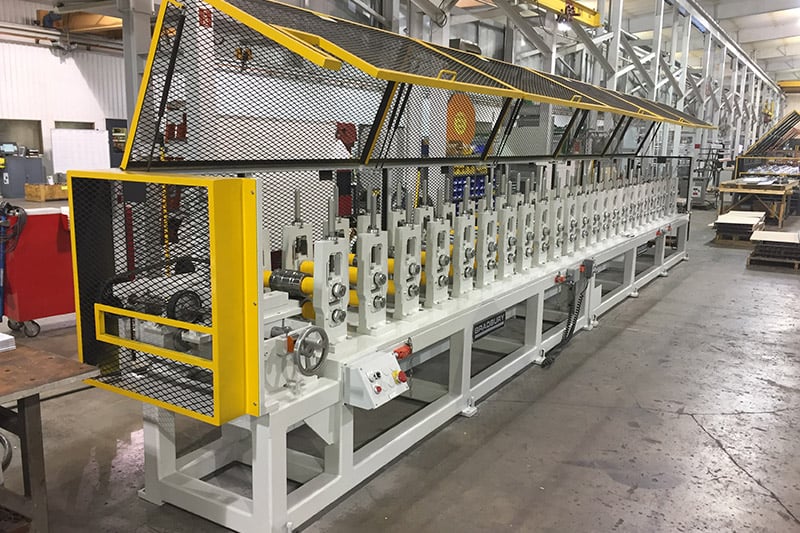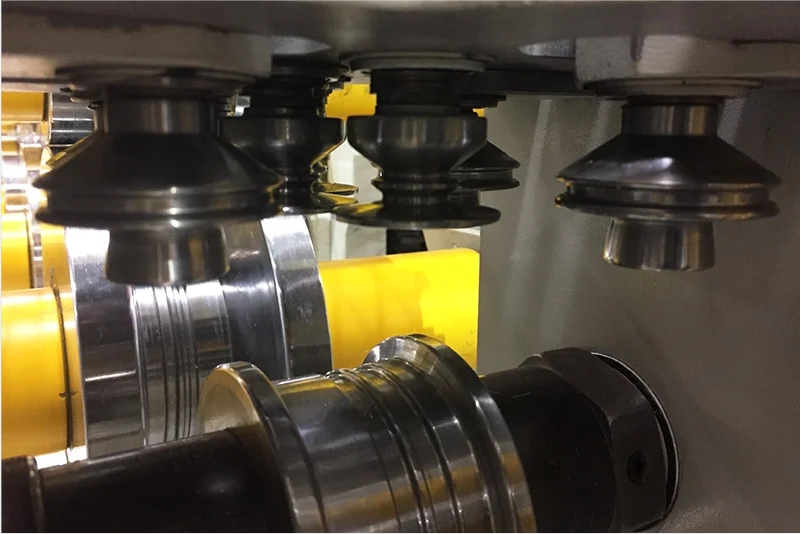Navigation Menu
Contact Us
- Email:
- info@wxavatar.com
- Address:
- Yurong Village, Yuqi Street, Huishan District, Wuxi, China.
Release Date:May 19, 2025 Visit:44 Source:Roll Forming Machine Factory
The lighting industry continues to evolve, with manufacturers seeking efficient and precise production methods. Roll forming machines play a crucial role in shaping metal components used in lighting fixtures, offering advantages in speed, consistency, and cost-effectiveness. As demand for high-quality lighting products grows, several key trends are shaping the development and use of lighting industry roll forming machines.

1. Increased Precision and Customization
Modern roll forming machines for the lighting industry are designed to produce highly precise metal profiles with tight tolerances. Manufacturers now prioritize customization to meet diverse design requirements, allowing for unique shapes and sizes tailored to different lighting applications. Advanced CNC controls and servo-driven systems enhance accuracy, ensuring consistent output for both standard and bespoke lighting components.
2. Integration with Automation
Automation is becoming more prevalent in lighting industry roll forming machines, improving efficiency and reducing labor costs. Automated feeding, cutting, and stacking systems streamline production, minimizing errors and increasing throughput. This trend aligns with the broader shift toward smart manufacturing, where roll forming lines are integrated with robotic systems for seamless operation.
3. Enhanced Material Compatibility
Lighting fixtures require various metals, including aluminum, steel, and copper, each with distinct forming characteristics. Modern roll forming machines are engineered to handle multiple materials efficiently, with adjustable tooling and optimized roll designs. This flexibility allows manufacturers to switch between materials without significant downtime, supporting diverse product lines.
4. Improved Energy Efficiency
While avoiding specific terminology, advancements in machine design contribute to reduced operational costs. Newer roll forming machines incorporate optimized drive systems and reduced friction mechanisms, leading to lower energy consumption without compromising performance. These improvements align with industry demands for cost-effective production methods.
5. Faster Setup and Changeover Times
Lighting manufacturers often produce small batches of specialized profiles, requiring frequent machine adjustments. Innovations in quick-change tooling and modular designs allow for faster setup and transition between different product runs. This trend helps manufacturers meet shorter lead times while maintaining high-quality standards.
6. Advanced Quality Control Systems
To ensure consistency in lighting components, modern roll forming machines integrate real-time monitoring and defect detection systems. Sensors and vision-based inspection tools help identify deviations early, reducing waste and improving overall product quality. This trend supports the lighting industry’s need for reliable and defect-free metal parts.

Conclusion
The lighting industry roll forming machine sector is advancing with trends focused on precision, automation, material flexibility, and operational efficiency. As manufacturers seek to produce high-quality lighting components with greater speed and customization, these innovations will continue to shape the future of metal forming in the lighting industry. Investing in modern roll forming technology can help businesses stay competitive in a rapidly evolving market.